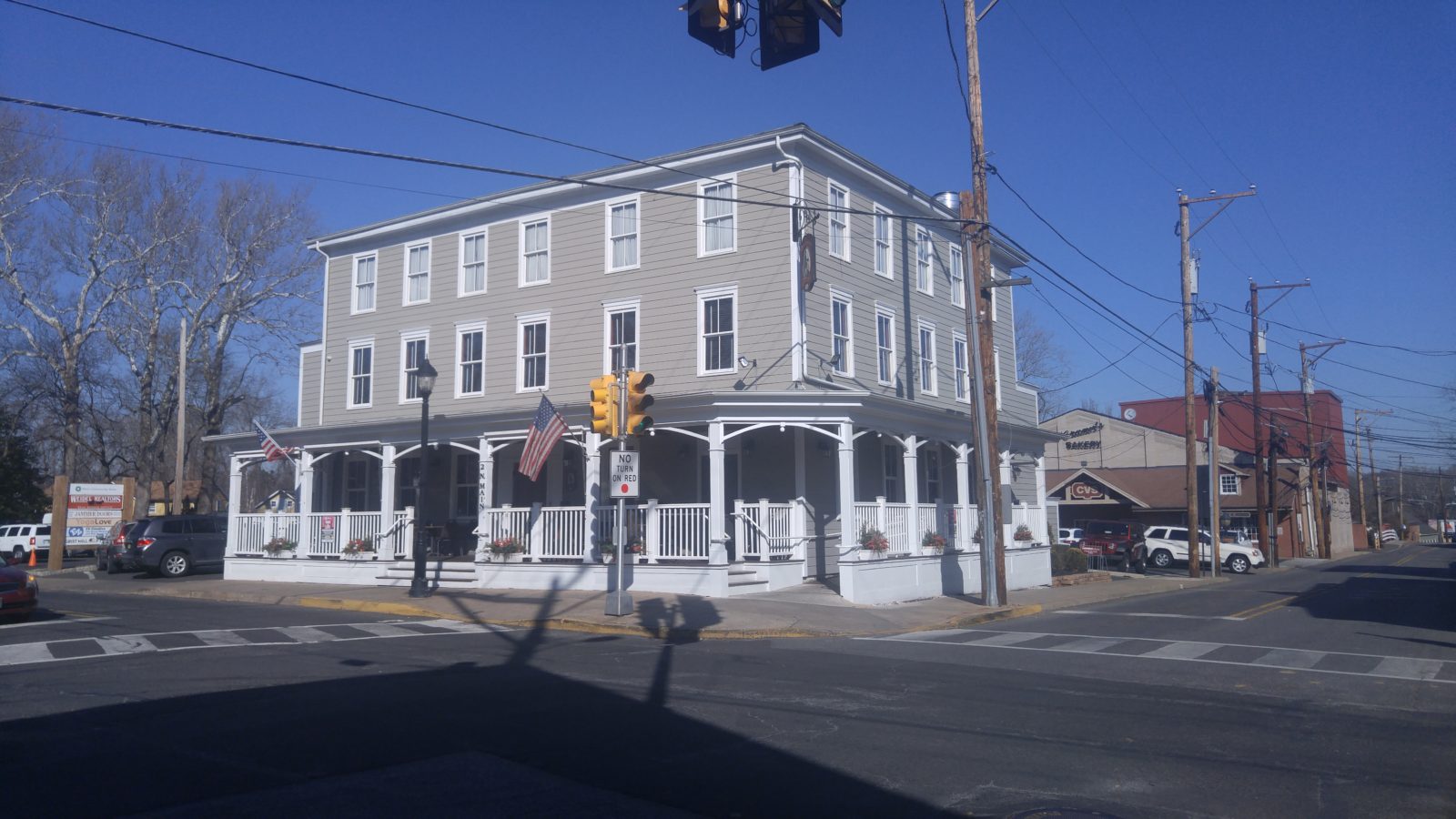New owners discover Continental Tavern’s legacy in a secret subterranean chamber.
A safe house for runaway slaves. A bordello and scene of a bloody murder. A speakeasy when liquor was illegal.
These were revelations for Frank Lyons, wife Patty and daughter Kelly Lyons Vliet after they bought the three-story Continental Inn in Yardley in 2007 and turned it into an upscale restaurant. They’ve restored the building at the corner of Main and Afton to the way it looked as the Temperance House of the 19th century. Along the way, they’ve been digging into its lore dating to the late 1700s.
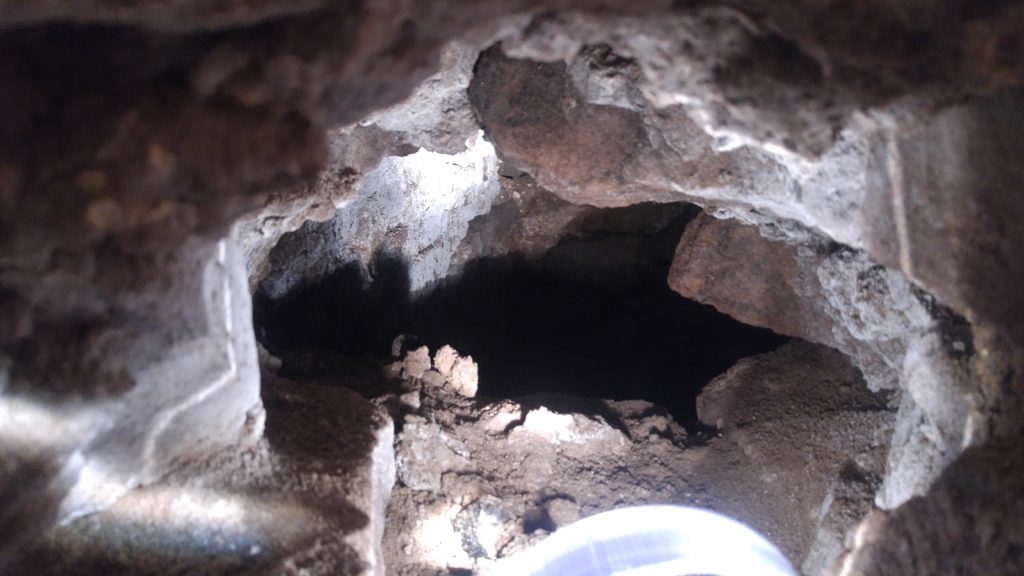
With this in mind, I arranged to literally go underground with Frank, a retired United Airlines captain, and local amateur archeologist Paul Beck. Battery-powered lanterns in hand, we sat on the edge of a trap door below a shelf in the restaurant’s kitchen and gingerly lowered ourselves to a 10-foot ladder, then descended. Together we observed first-hand a subterranean chamber and vertical stone tunnel believed to have hidden slaves fleeing the South for freedom in Canada before the Civil War.
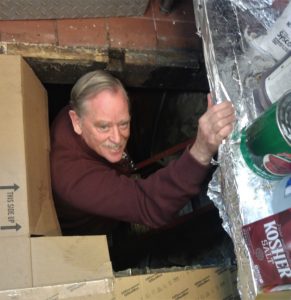
A contractor discovered the shelter in 2008 during renovations. The 15-foot-square, rock-walled room was filled nearly to the rafters with an immense, sloping pile of stones, dirt, bottles and other artifacts tossed down for more than a century. Since the discovery, Frank and Paul who’s a research chemist have removed about half the pile. I can attest that every handful reveals something of interest. It took seconds for Paul to exclaim “Look at this!” as he hoisted a glass bottle. Raised lettering identified “Palatable Drinking Water” from Boston from the 1930s. Much has been found. A sandwich holder topped by a smiley face from the Great Depression. An oil-powered toaster. Figurines, ancient perfume bottles and toys. A shot glass from the 1930s emblazoned with a Democratic donkey and “Happy Days Are Here Again”.
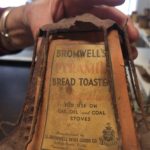
Frank and Paul believe the oldest relics will come from the bottom of the pile, another 4 feet down. They’re seeking Carribean seashell amulets slaves typically carried with them. Millard Mitchell, the late grandson of a slave, was astounded when he visited the excavation in 2008. As a descendant of the borough’s African American community, he beamed, “This is what I’ve been looking for my whole life.” It confirmed childhood stories about the Continental.
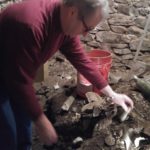
Bucks County was once a dangerous place for fleeing slaves. There were plenty of slavery sympathizers, slave catchers and former slave owners residing here. According to the state’s 1792 registry, Bucks was home to 454 slaves owned by 142 men and women in 20 municipalities. It was a federal crime with stiff penalties to harbor runaways. Local Quakers did what they could, sheltering them in cellars, tunnels and woodlands. The fugitives moved secretly from one refuge to another in what came to be called the Underground Railroad. Yardley hideouts included the Continental, warehouse bins along the Delaware Canal, under the village general store, the still-standing grist mill and Lakeside Mansion, a yellow stone house on Main Street. Tunnels connected the buildings.

As the dig progresses, another aspect of the Continental’s history has emerged. Some call it “Yardley’s dirty little secret” when it appears to have been a brothel in the 1890s, then a speakeasy during Prohibition in the 1920s. Approximately 10,000 liquor bottles dating to that time frame have been recovered. Most interesting was what was tucked into crevices in the stone wall – a rusted revolver, the silver handle of a lady’s purse and a bloodied woman’s corset. It’s evidence of the hand-me-down story of an attractive madam at the hotel in the 1890s who was shot and killed. A portrait that Frank purchased now hangs in the Continental’s banquet room and closely matches the historical description of the supposed victim.
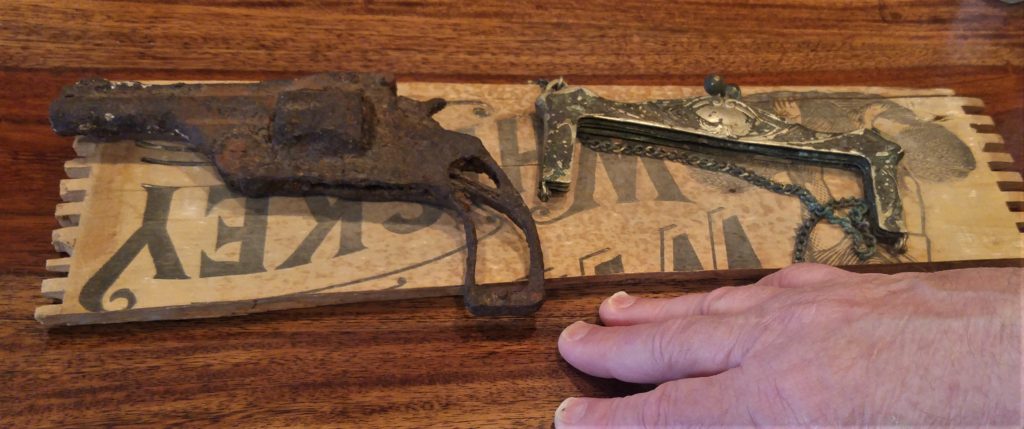
The third floor of the restaurant is what Paul calls “the laboratory” with an autoclave and stainless steel sink to clean treasures filling nearby shelves. The choicest finds are exhibited downstairs in the bar, dining rooms and hallways.
The Continental’s multifaceted history is a perfect fit for Frank. He’s conversant in early American history. He’s also one of the mainstays of the annual re-enactment of George Washington’s famed crossing the Delaware River on Christmas Day from Upper Makefield. He plays the role of Col. John Glover of the Marblehead, Mass. regiment, tough oarsmen who engineered the original crossing of 2,500 soldiers in the midst of a blizzard and ice floes. Paul is also a member of the regiment and caretaker of Washington Crossing Historical Park’s Durham boats.
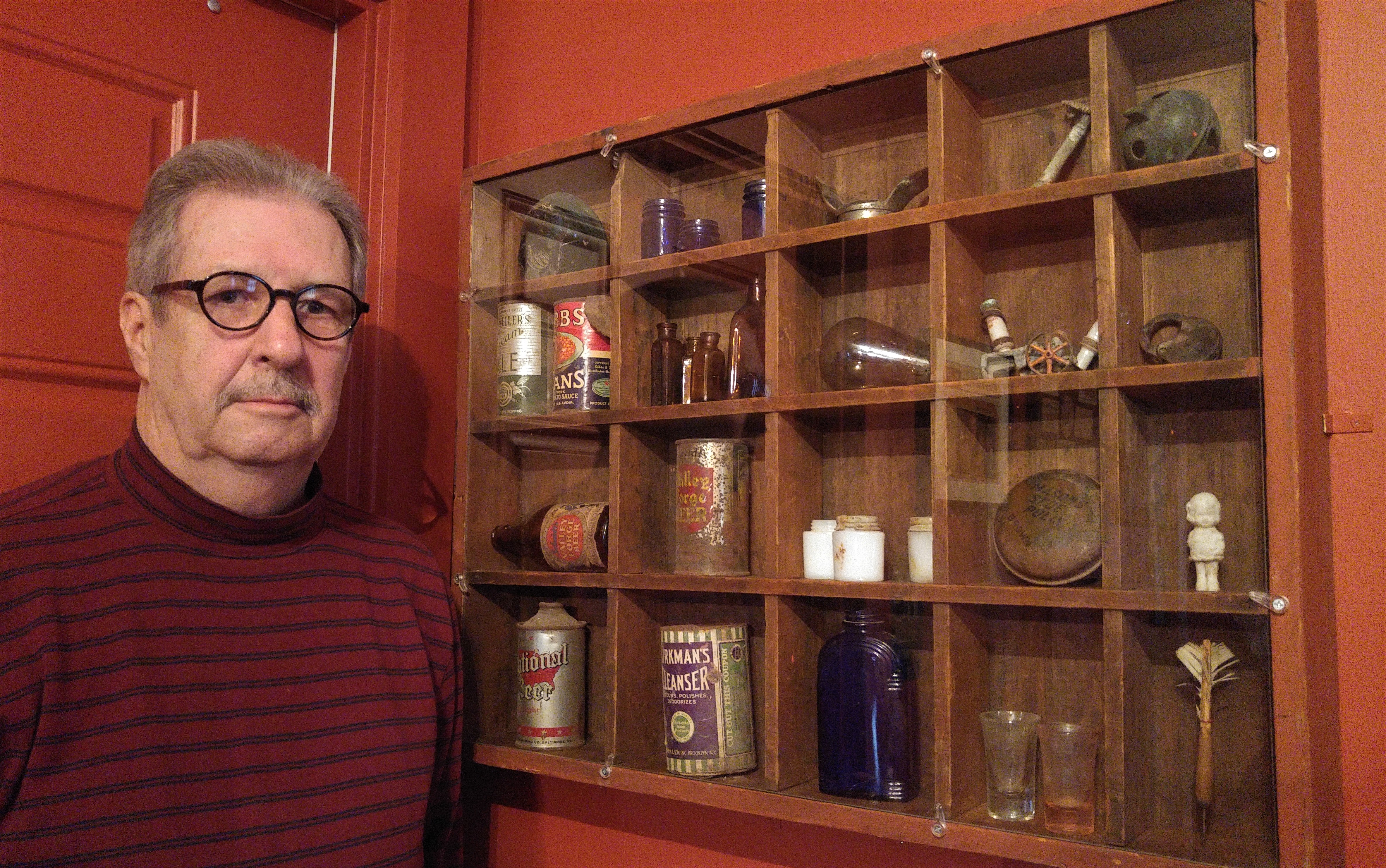
Both men find great satisfaction in the Big Dig. As Frank puts it, “I like doing living history. It fascinates me. To be down there touching things, being tactile with things that go back to the American Revolution, that’s special to me.”

